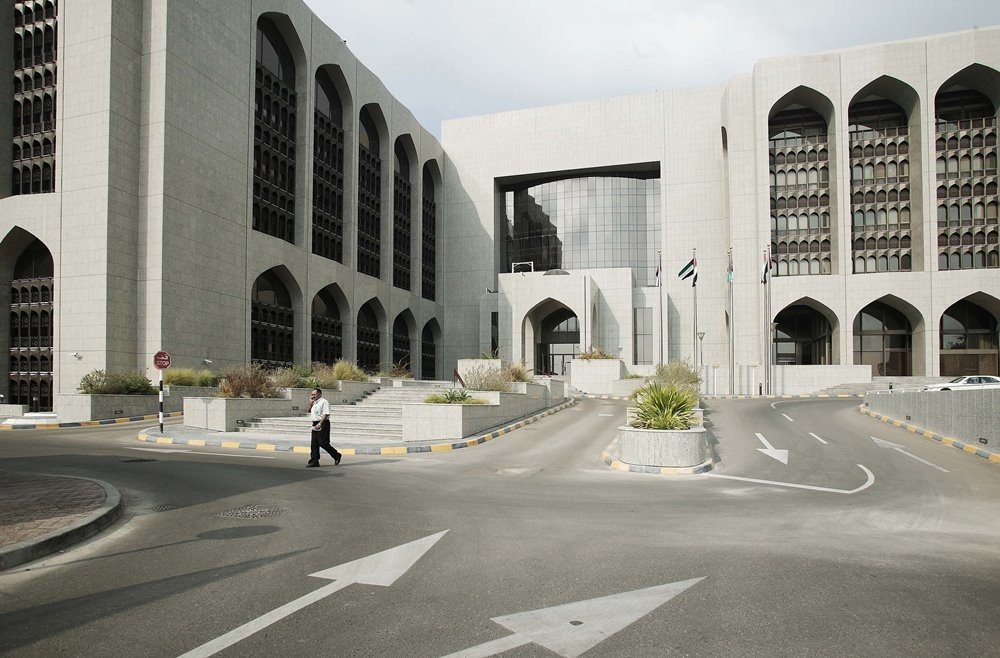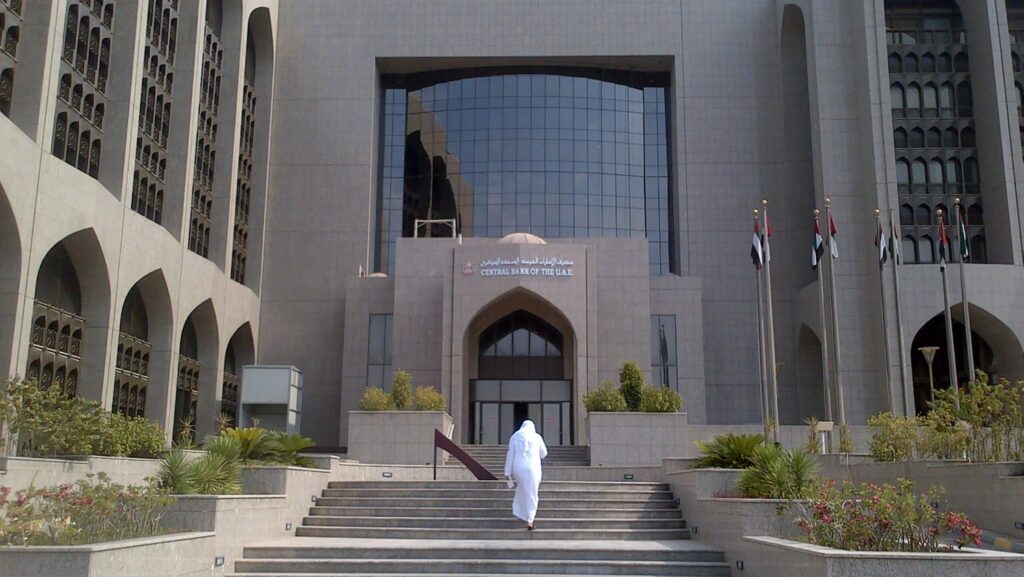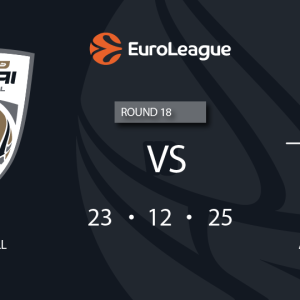Dubai‘s banking sector has shown impressive resilience and growth. At the end of February 2025, the gross assets of banks in the emirate rose by 1.6%, reaching an astounding Dhs4,636.8 billion. This marks a significant increase compared to the same period last year, demonstrating the strength and stability of Dubai’s financial system. But what does this surge mean for the broader economy and for businesses and individuals alike? Let’s explore the latest numbers and what they signal for the future.
Growth in Dubai Banks’ Assets: A Closer Look
The increase in assets for Dubai’s banks is a vital sign of economic health. At the heart of the banking sector’s expansion is its ability to manage liquidity, attract investment, and sustain growth in various economic conditions.
Key Statistics
- 1.6% growth in total assets compared to the previous year.
- Total assets now stand at Dhs4,636.8 billion.
- The banking sector’s assets have been growing steadily since the beginning of 2024, reflecting positive trends in consumer banking, corporate investments, and overall economic stability.
The Impact of Strong Asset Growth on the Economy
The growth in assets of Dubai’s banks is directly linked to the broader economic performance of the UAE. A robust banking sector is crucial for supporting investments, business expansion, and consumer confidence. When banks see an increase in assets, it typically reflects higher deposits and loans, both of which have positive effects on the economy.

Increased Consumer Confidence
As more people and businesses deposit their money in banks, it indicates increased confidence in the economy. In particular, the rise in assets suggests that individuals are saving more and investing their funds in Dubai’s financial institutions. This shows that Dubai’s financial system remains a trusted environment for both local and international customers.
Loans and Investments: Fueling Business Expansion
Banks are not just saving; they are also lending. The increase in assets means that banks have more capital to lend to businesses and individuals. This in turn fuels the growth of various sectors, from real estate to retail and technology. Business expansion relies heavily on accessible financing options, and the availability of funds for lending plays a vital role in ensuring sustained economic growth.

Sectoral Breakdown of the Growth

The growth in assets is not uniform across all sectors. Different areas of the economy have benefitted from this increase in different ways. Here are some key sectors that have contributed to the banking sector’s success:
- Real Estate: Real estate investments have continued to thrive, with banks seeing an increase in demand for mortgages and property loans.
- Corporate Banking: Corporate loans have played a pivotal role in boosting asset growth. Larger companies, particularly in the construction and tourism sectors, are borrowing more to fuel their growth.
- Retail Banking: With an increase in disposable incomes and consumer confidence, retail banking services such as personal loans, credit cards, and savings accounts have witnessed steady growth.
A Stronger Future for Dubai’s Banking Sector
With this remarkable growth in assets, Dubai’s banking sector is poised for even more growth. Analysts predict that the upward trend will continue, especially as Dubai diversifies its economy. The UAE has seen a push towards innovation and technology in finance, which could bring even more opportunities for growth in the coming years.
Digital Transformation
Dubai’s financial institutions are increasingly turning to digital technologies to offer innovative services. From mobile banking apps to blockchain-based transactions, the integration of technology into the financial sector is likely to help Dubai’s banks grow even more in the future. This could also make banking services more accessible and efficient for customers, ensuring that Dubai stays ahead of the curve in terms of global banking trends.
Implications for Investors
Investors are likely to see the rise in banking assets as a sign of stability and potential growth. For those looking to enter the market, the Dubai banking sector represents a promising opportunity. The growth in assets could result in higher returns, both for individual investors and institutional stakeholders.
Potential Challenges for the Banking Sector
Despite the positive growth, Dubai’s banks face some challenges. The global economic climate, fluctuating oil prices, and geopolitical tensions could all impact the financial stability of the UAE. However, Dubai’s banks have weathered many storms in the past and have proven resilient in the face of adversity.
Regulatory Changes
One key factor to watch is the regulatory environment. As global financial regulations evolve, Dubai’s banking sector may need to adjust to meet new standards. This could include changes in capital requirements, lending policies, and consumer protection laws. How banks adapt to these changes will be crucial to maintaining their growth trajectory.

Conclusion: A Bright Future for Dubai’s Banks
The 1.6% growth in Dubai banks’ assets signals a strong and healthy financial ecosystem in the emirate. With banks managing more assets and continuing to lend and invest, the broader economy is likely to see sustained growth. While challenges remain, the future of Dubai’s banking sector looks incredibly promising, driven by both traditional banking methods and the rise of digital financial services.
For anyone looking to understand the pulse of Dubai’s economy, keeping an eye on the growth of the banking sector is a key indicator. With a solid base of assets, continued investments, and a strong commitment to innovation, Dubai’s financial institutions are set to continue their upward trajectory well into the future.
Read More: Emirates Airline Staff to Get 22-Week Pay Bonus After Record Profit














